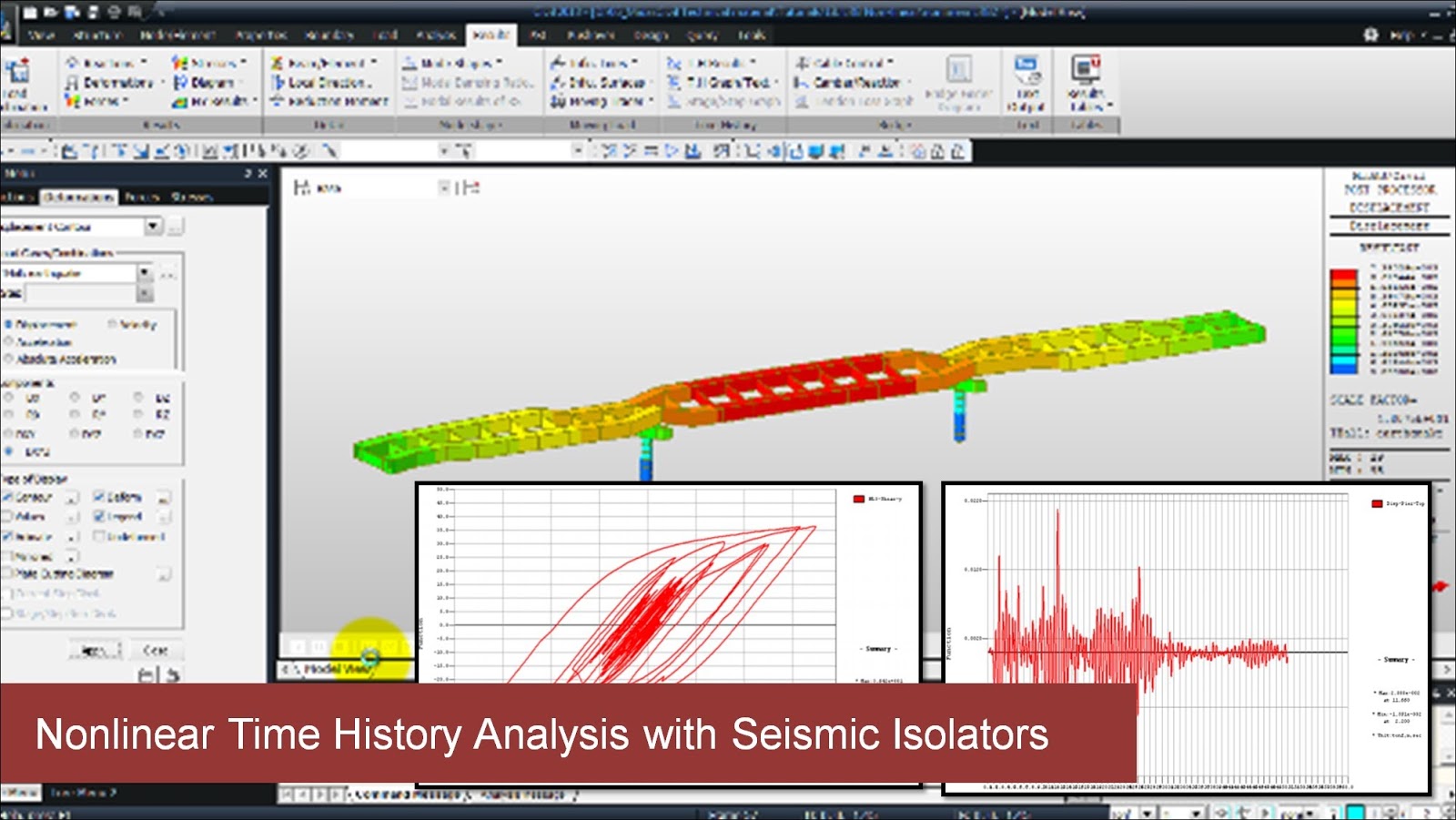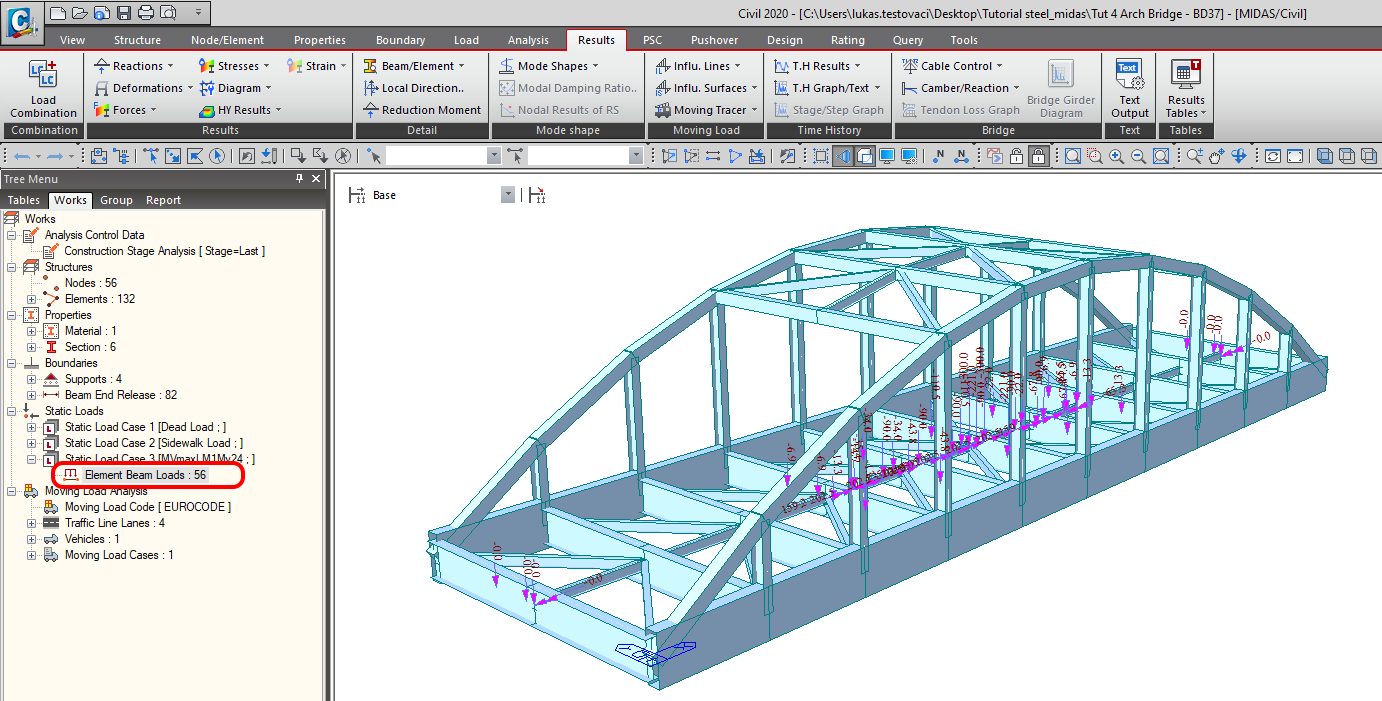


This is achieved through the use of spatial analysis technologies, taking into account the physical nonlinearity of materials, structural, geometric and genetic nonlinearity of the structure ( Kasyanov et al., 2019 Skvortsov et al., 2018 Panchenko, 2018 Skvortsov et al., 2014). One of the advantages of the method is determined by the ability to increase the strength characteristics of the structure while optimizing the cost of materials and production. This method allows you to clearly understand the design of the structure, its movement and determine the forces in the structure under the influence of various loads or influences. At present, in almost all software systems that perform calculations for strength, rigidity and stability, the finite element method (FEM) is implemented as the main tool for computer modeling ( Alekseev et al., 2019 Gorga et al., 2018 Kromoser et al., 2020 Li et al., 2019). Keywords: Beam spans modal analysis artificial structures railway bridge finite element modelĬurrently, there are many software systems and environments that allow you to simulate and perform fairly complex and voluminous calculations associated with dynamic effects on structural elements of overpasses. These studies can be further used in the design of artificial structures, as well as to identify defects in structural elements of railway bridges. As a result of the analysis of the tests, it was determined that the effect of the rolling stock passing through the reinforced concrete beam spans of 16.5 m and 23.6 m appears with frequency perturbations that are in the range f = 4.41 ÷ 9.52 Hz. The article presents the calculated and experimental data of the forms and frequencies of natural vibrations of reinforced concrete railway overpasses under constant loads and the rolling stock off the span.

The aim of the article is to make an analysis of a reinforced concrete railway overpass as a whole and its elements separately.

Currently, there are many software systems and environments that allow you to simulate and perform fairly complex and voluminous calculations associated with dynamic effects on structural elements of overpasses.


 0 kommentar(er)
0 kommentar(er)
